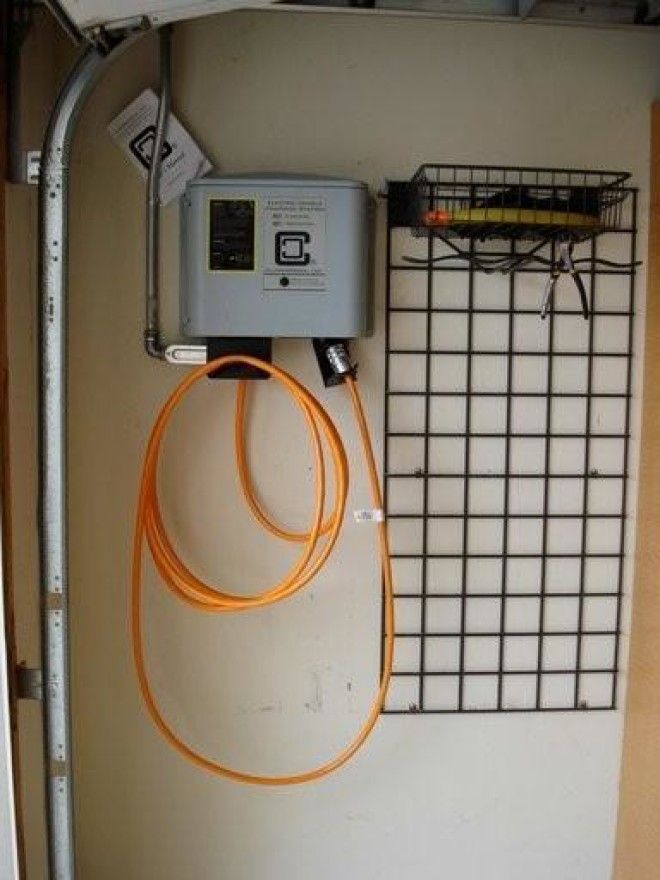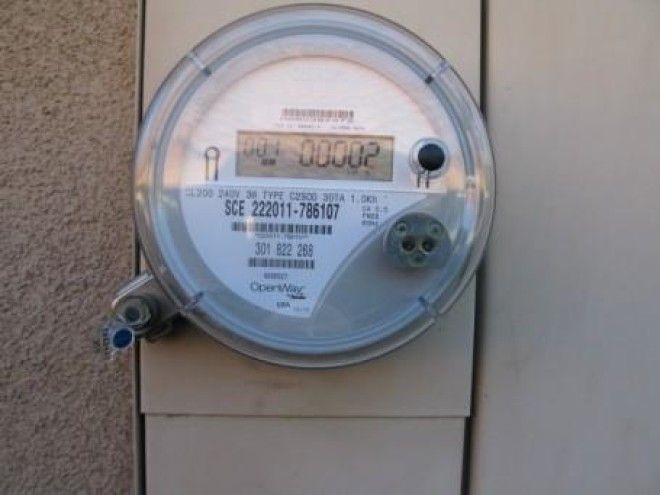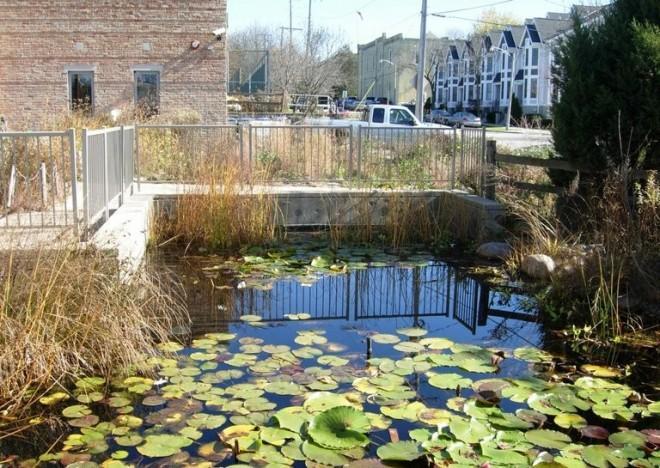Composting toilets
A composting toilet uses an aerobic process to treat waste using little or no and therefore can be used as an alternative to conventional flushing toilets. They are especially useful in regions of the world with substandard sewerage systems but are also increasingly a feature of sustainable buildings both in the domestic, residential sector and in the commercial sector (such as the Bullitt Centre in Seattle, USA). This is increasingly understandable given that conventional flush toilets can use, for example, up to 30 percent of the water supply in the UK.
Most composting toilets use sawdust, coconut coir or peat moss to process waste. Human feces breaks down naturally in the presence of oxygen and can therefore be used for garden composting or fertilizer while urine is sterile and contains nitrogen. In order to separate the two, composting toilets have two separate chambers. While a conventional toilet flushes away beneficial germs, leaving behind those that produce an awful smell, a composting toilet utilizes the good organisms to produce compost that doesn’t smell. Currently, there are about 2,500 of them in use in the UK.

Ecodomeo dry toilet with conveyor belt system
Car charging
Electric vehicle owners now benefit from home car charging systems which can charge their EVs overnight with 240 volts of electricity from a wall-mounted box, so that they are ready for use the next day. These units are more properly called Electric Vehicle Service Equipment (EVSE) but everybody just calls them chargers nowadays. EVs can be charged at home by plugging straight into a wall socket using the special cable supplied with all EV models, but using a special car charger is much safer because the charge point communicates directly with the car’s computerized systems. Furthermore, with the household socket approach, it is advisable to get a qualified electrician out to ensure the household wiring is good enough and that means the wiring may need to be upgraded. The use of a special charger avoids all that but also reduces the charging time by up to 60 percent depending on the EV model owned.
When charging, the EV is ideally parked away from the unit, since the cable runs for about 15 to 25 feet. Some chargers can use Wi-Fi but this can add complexity, with the timers, meters and touch screens. Furthermore, loss of connectivity will mean the charger shutting down.
The average price for such a system is around £1000 in the UK but some basic units are available for less, thanks to UK government support grants such as the EV Homecharge scheme covering up to 75 percent of the cost of purchase and installation. The Energy Saving Trust (EST) also provides a top-up fund. In the US, basic units are available for $700 (£452.62) although the Suppliers of home charging units include Rolec, Chargemaster, Pod Point, Elektromotive, Charge Point and Charging Solutions. A 3 kilowatt (16 amp) charger supplied by PodPoint will charge a Nissan Leaf in 8 hours while a 7 kilowatt (30 amp) charger will take 4 hours. With regard to costs for installation, PodPoint and Chargemaster can install systems for under £200.
The government’s Office for Low Emission Vehicles (OLEV) provides a list of authorised installers available here.

MINI E charging system
Rainwater harvesting
Rainwater harvesting systems collect rainwater and siphon it into deep pits or wells, reservoirs with percolation or collect water from dew or fog. The water can then be used for a variety of purposes from household drinking water to water for the garden or livestock. When used for flushing the toilet or laundry, rainwater harvesting can really help to save water and provide water for essential use when there are water shortages. When used in combination with a water meter rainwater harvesting can also reduce water bills. In fact, some countries in drier regions of the world use them to supplement standard water supplies.
Most harvesting systems only require a basic level of knowledge to install and can be plumbed into existing pipework. A tank-based system can easily collect around 6,500 liters thereby enabling a saving on water consumption of around 40 percent. One of the best systems available is the Graf rainwater harvester which has a self-cleaning filter.
Smart meters and thermostats
Smart meters are currently being rolled out in several countries around the world, including the UK, as they are a great way in which householders and business can save energy. They do this by communicating directly with energy suppliers, thereby eradicating the need for estimated bills and saving money. Smart thermostats were developed by a number of companies using various existing innovations such as sensors, remote data mining, wireless communication and HVAC control. They are not all that common in the UK at present but the technology is, nevertheless, becoming more popular.
One of the reasons for this is the escalating cost of energy, which has soared by almost 170 percent over the past decade in the UK. This is an important consideration given that heating accounts for around 60 percent of household energy consumption. Another reason for the increasing popularity of smart technology is that it lends itself very well to the increasing proliferation of smart gadgets such as phones and tablets, thereby making ‘home automation’ much more affordable. The big advantage of smart thermostats over conventional thermostats that just have a dial or a panel, is that they can give full control over home heating from a remote location. Some devices, such as a Nest or Tado, can adapt to an occupant’s behavior and daily routine. They will also display information relating to real-time energy consumption and can even adjust this according to the weather conditions. Smart thermostats are still a bit on the pricey side but the best ones to go for are produced by Nest, Trane and Honeywell.

Smart meter
LED lighting
Light-emitting diodes (LEDs) are rapidly replacing incandescent bulbs and are great for saving energy as they are much more efficient and have a much longer lifespan. They are also significantly better than fluorescent lamps, with some of them able to produce more than 100 lumens per watt. For this reason, the LED market is predicted to grow substantially over the next decade, from $2 billion in 2014 to $25 billion in 2023, according to Lux Research. LEDs don’t need a warm-up time and can be up to 85 percent more efficient than conventional bulbs.


